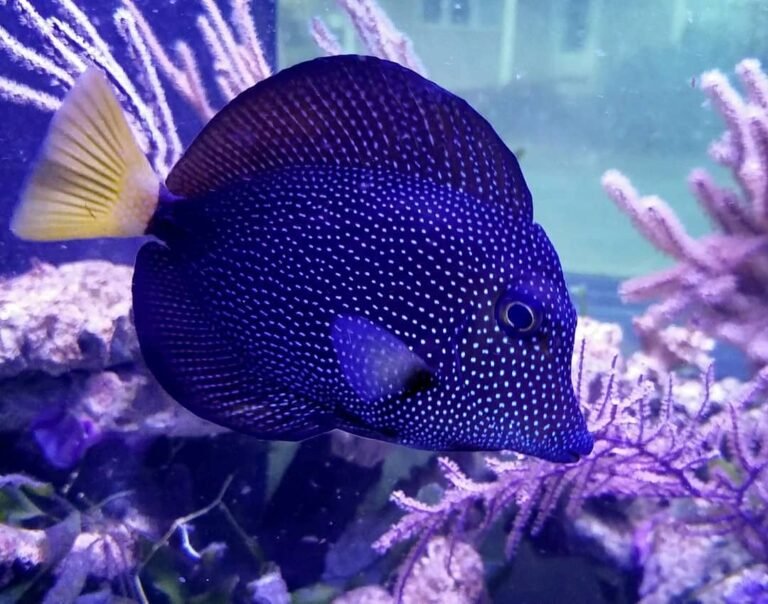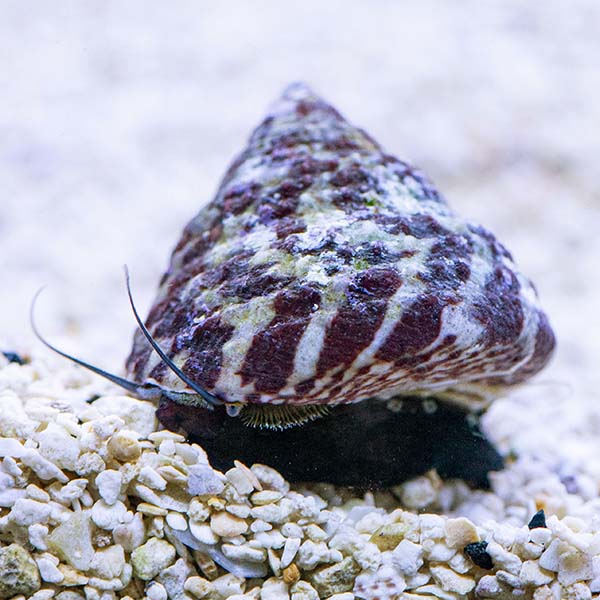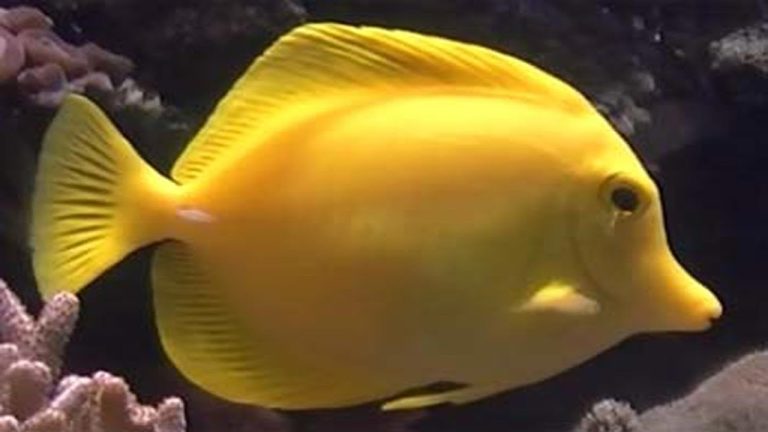Gem Tang
Gem Tang: The Enigmatic Beauty of the Deep Sea
Gem Tang is often referred to as the “holy grail” of the marine aquarium trade due to its captivating beauty and rarity. With its vibrant colors and unique patterns, this enigmatic fish has become a highly sought-after species among aquarists around the world. In this article, we will dive deep into the world of Gem Tang, exploring its fascinating characteristics, care requirements, and the challenges faced in its conservation.
Gem Tang: A Jewel of the Ocean Depths
Gem Tang, scientifically known as Zebrasoma gemmatum, is a species of surgeonfish native to the waters of Madagascar and neighboring islands in the western Indian Ocean. It belongs to the family Acanthuridae, which consists of various colorful and distinctively shaped fish species commonly found in coral reefs.

What does a Gem Tang look like?
Gem Tang possesses a striking appearance that sets it apart from other surgeonfish species. It has an elongated body with a deep bluish-black color and contrasting white or yellow spots. These spots, reminiscent of gemstones, give the fish its unique name. The fins of the Gem Tang are adorned with bright orange or yellow accents, further enhancing its beauty.
What is the significance of Gem Tang in the marine aquarium trade?
Gem Tang is highly valued in the marine aquarium trade due to its rare occurrence and extraordinary appearance. However, obtaining a Gem Tang for a home aquarium is not an easy task. These fish are known for their limited availability and high price, making them a prized possession among dedicated aquarium enthusiasts.
The Intricacies of Gem Tang Care
Before considering adding a Gem Tang to your aquarium, it is important to understand the care requirements needed to ensure its well-being. These unique fish have specific needs that must be met to thrive in a captive environment.
Tank Size and Environment
Gem Tangs require a spacious tank with a minimum capacity of 150 gallons. This large tank size is necessary to provide ample swimming space and to accommodate their territorial nature. It is crucial to recreate their natural habitat in the aquarium by incorporating live rock structures and providing open spaces for swimming.
Water Parameters
Maintaining pristine water conditions is essential for the health of the Gem Tang. The water temperature should be kept between 72-78 degrees Fahrenheit (22-25 degrees Celsius), with a pH range of 8.1-8.4. Additionally, a high-quality protein skimmer and a powerful filtration system are recommended to maintain optimal water quality.
Feeding Habits
Gem Tangs are primarily herbivorous, feeding on various types of algae found in their natural habitat. It is crucial to provide a diet that mimics their natural feeding habits. A combination of high-quality pellet or flake food specifically formulated for herbivorous fish and algae-based supplements should be offered regularly. Gradually introducing fresh vegetables and seaweed strips into their diet is also beneficial.
Compatibility and Tankmates
When it comes to tankmates, caution must be exercised as Gem Tangs can be territorial and aggressive towards other fish. It is advisable to keep them in a species-only tank or introduce compatible tankmates that are of similar size and temperament. Avoid housing them with small, slow-moving fish or aggressive species.
The Challenges of Conservation
Due to overharvesting and habitat degradation, the wild population of Gem Tangs has faced significant decline over the years. Unsustainable collection practices and the destruction of coral reefs pose a serious threat to their survival. As responsible hobbyists and stewards of the ocean, it is our responsibility to support sustainable aquaculture and promote the conservation of threatened species like the Gem Tang.
Frequently Asked Questions
Q: Can a Gem Tang be kept in a reef aquarium?
A: Yes, Gem Tangs can be kept in a reef aquarium as long as the necessary precautions are taken. Since they are herbivorous, they are generally safe with most corals and invertebrates. However, caution should be exercised when introducing them to delicate or encrusting corals.
Q: How difficult is it to care for a Gem Tang?
A: Gem Tangs require experienced aquarists due to their specific care requirements. Providing the right tank setup, maintaining water parameters, and offering a balanced diet can be challenging. Regular monitoring of water quality and observing their behavior is crucial to ensure their well-being.
Q: Why are Gem Tangs so expensive?
A: The high price of Gem Tangs in the aquarium trade can be attributed to their rarity and the challenges associated with their collection. Their limited availability, combined with the costs of sustainable aquaculture and transportation, contributes to their elevated price tag.
Final Thoughts
The Gem Tang is a true gem of the ocean depths, captivating aquarists with its remarkable beauty. However, it is important to approach their care responsibly and consider the impact of the aquarium trade on their wild population. By promoting sustainable practices and supporting efforts to conserve their natural habitat, we can ensure the continued existence of these mesmerizing creatures for future generations to appreciate and enjoy.






